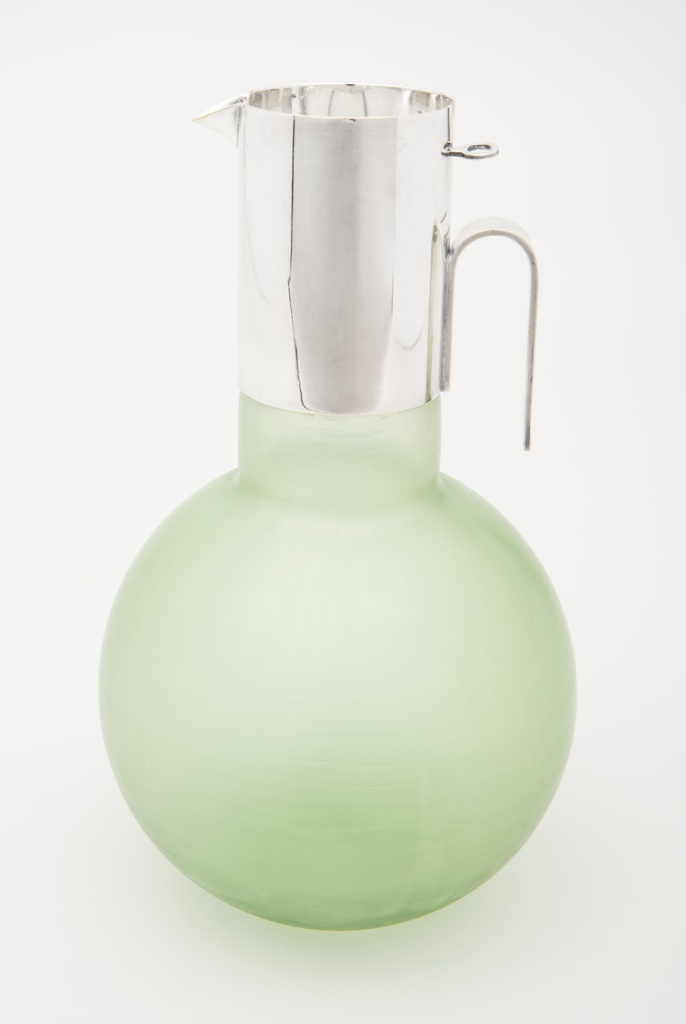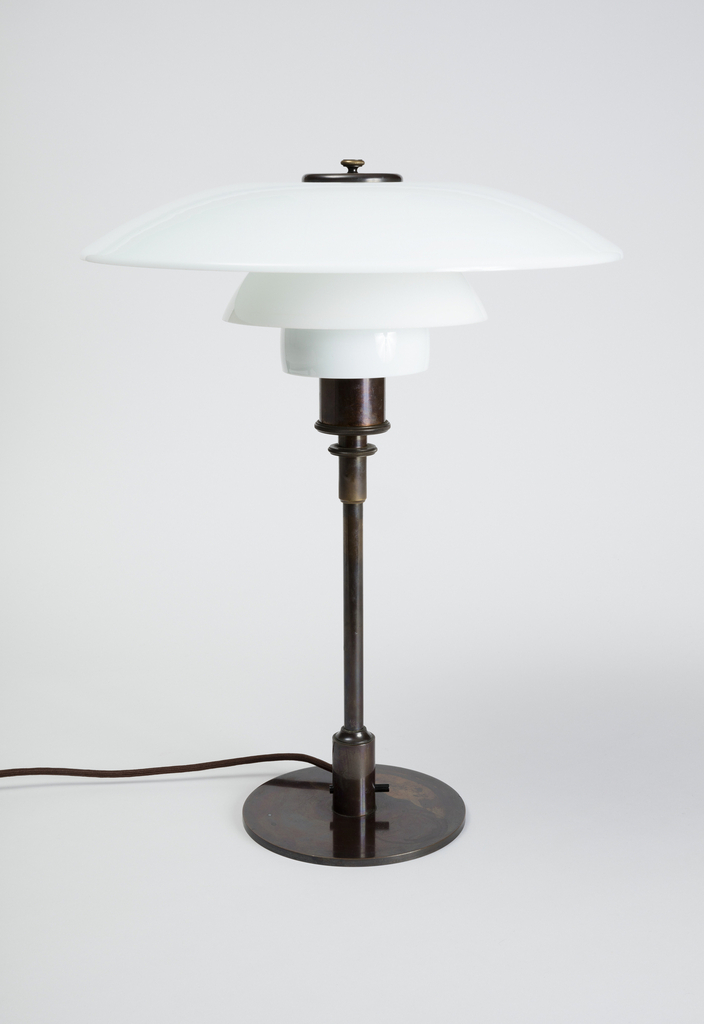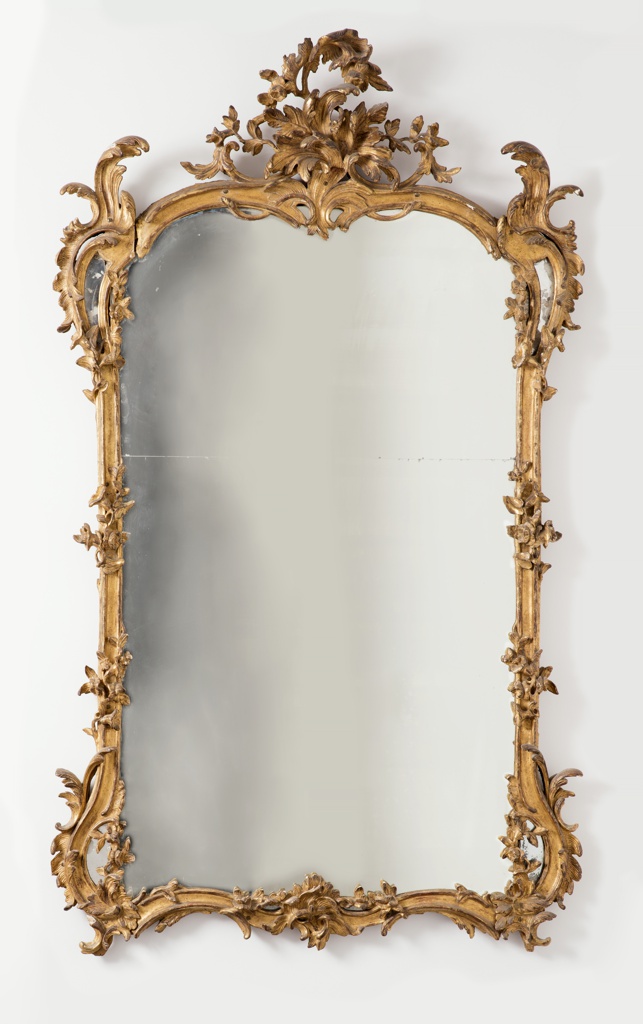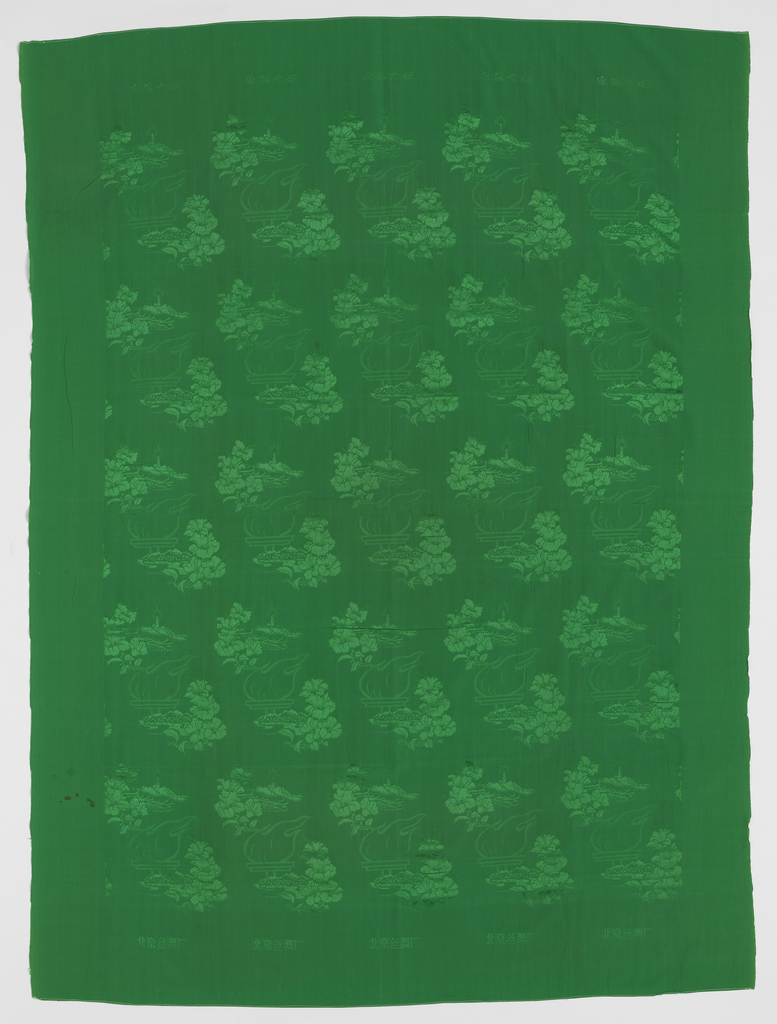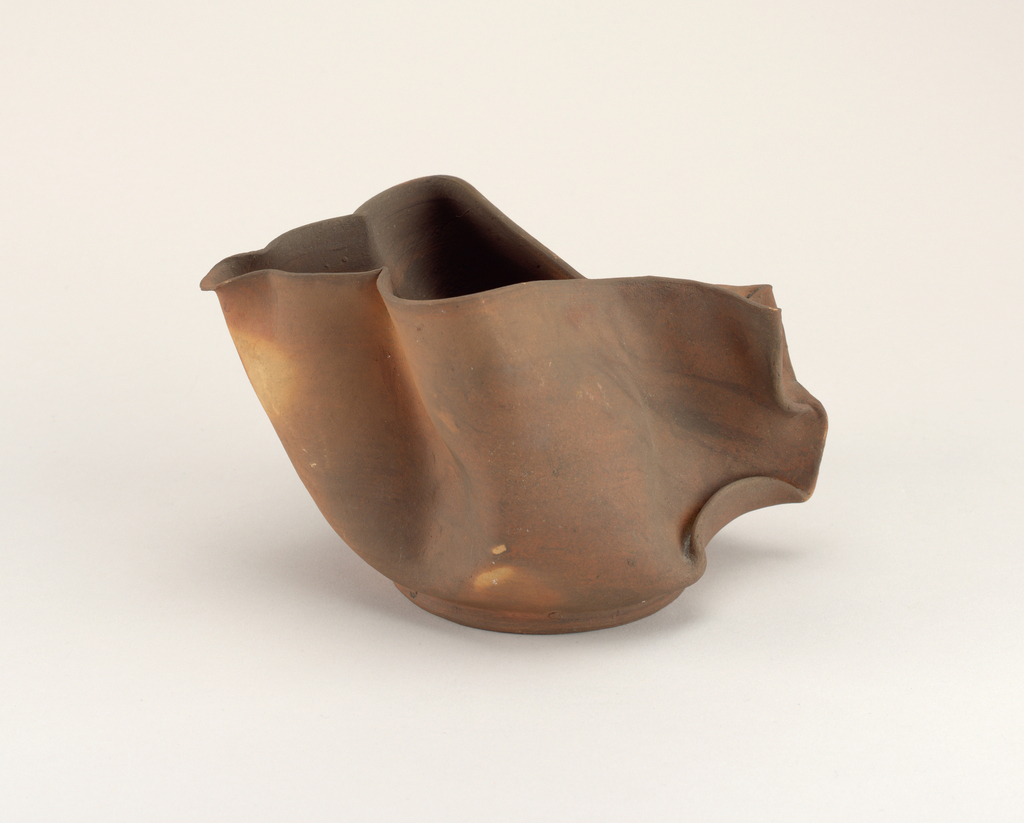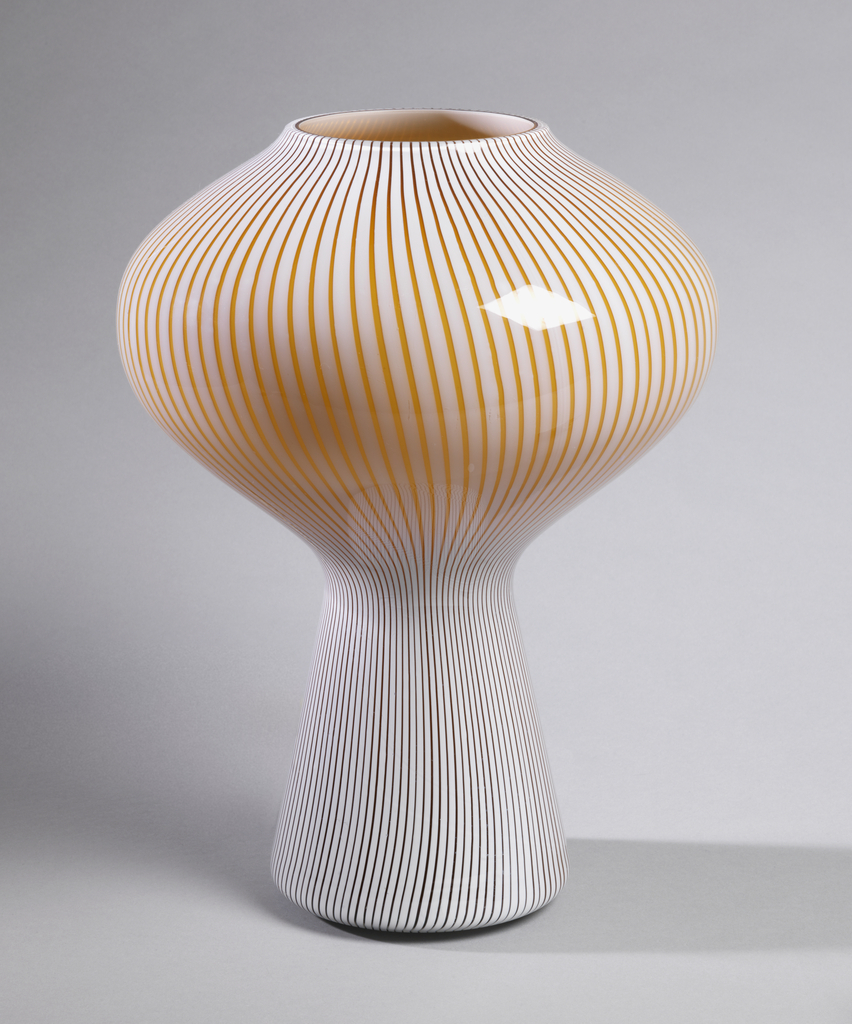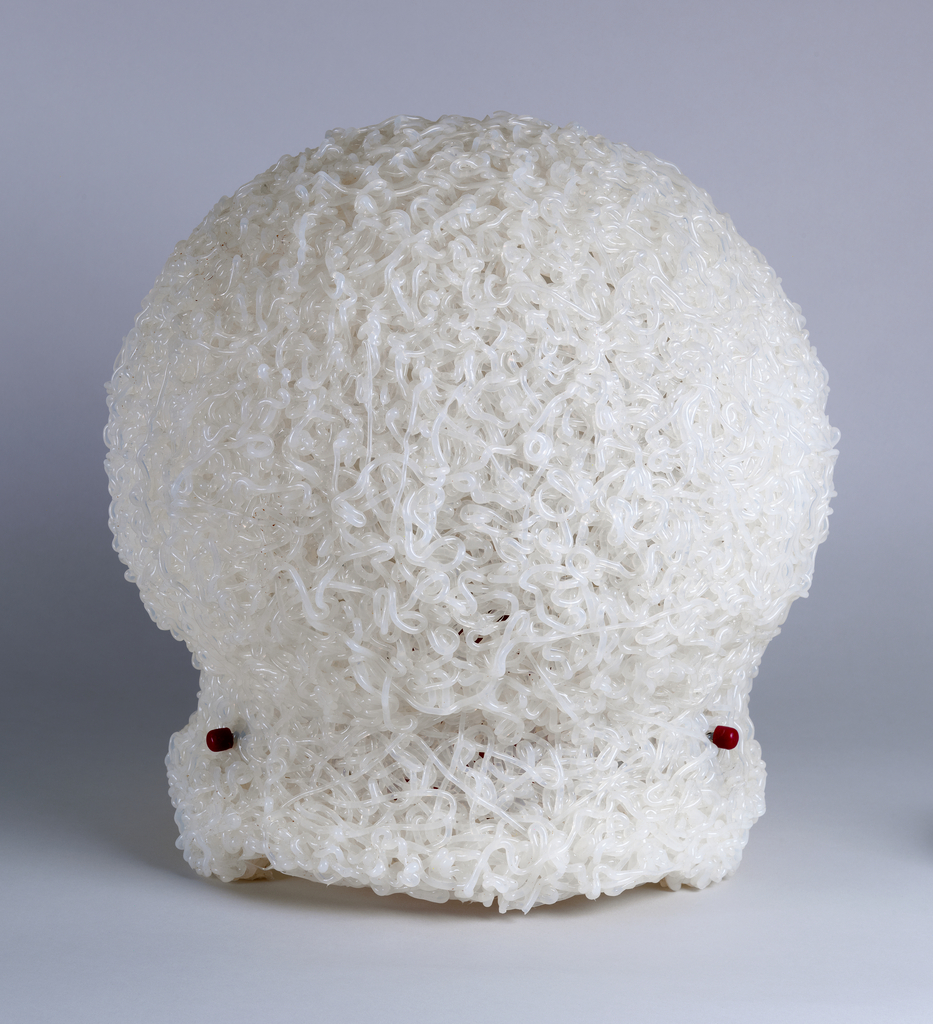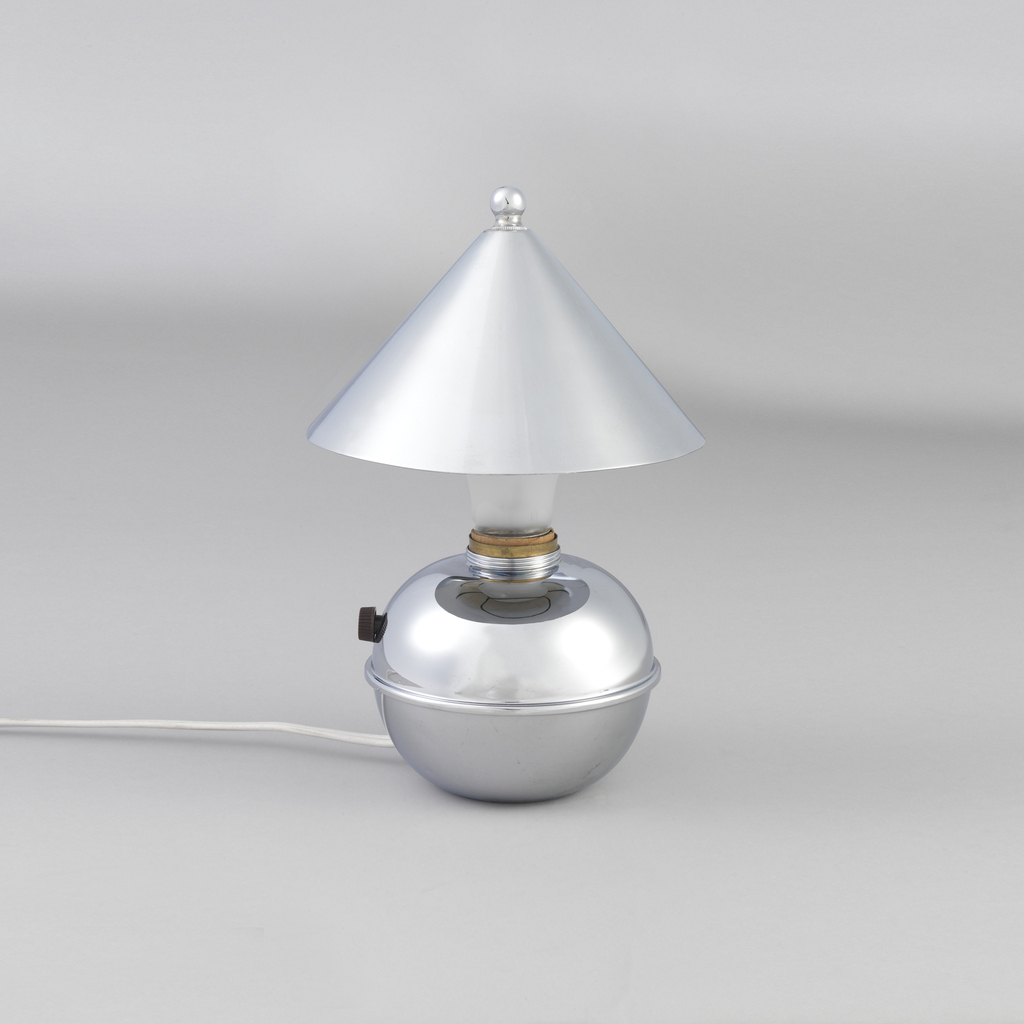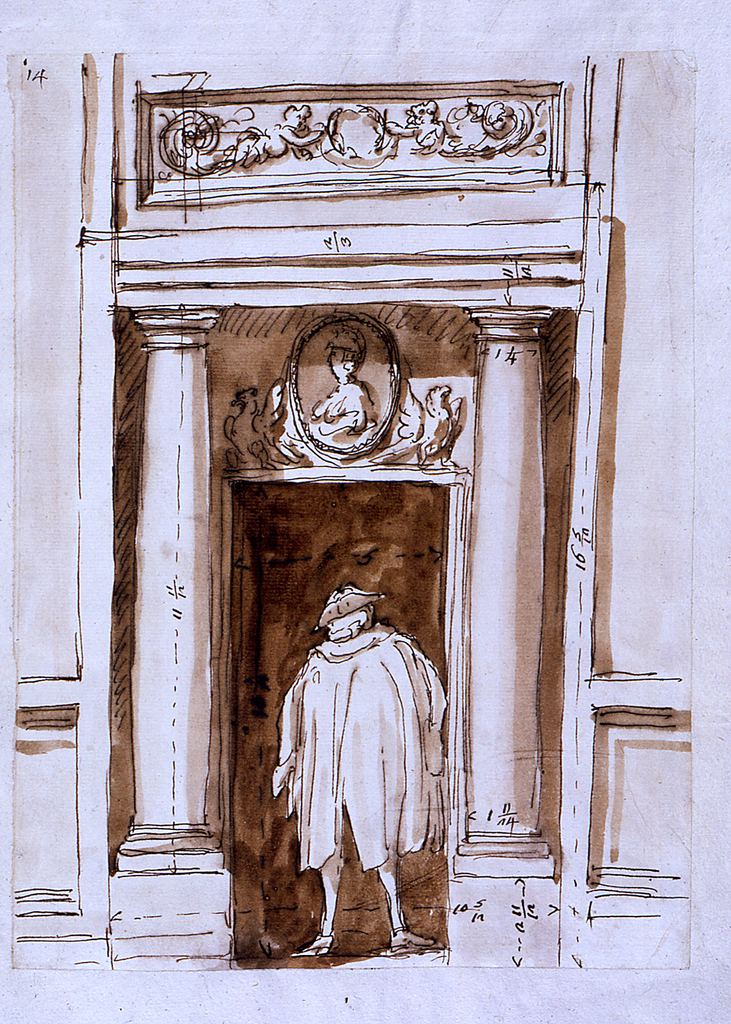Designer Massimo Vignelli was known for the sense of sophistication and refinement he brought to the product, graphic, and furniture design that he produced first in Italy, and later in the U.S. working with his wife Lella, also a designer. While a student at the School of Architecture in Venice, Vignelli learned about glass from architect and glass...
Danish architect and designer Poul Henningsen’s interest in light and lighting started at a young age when as a child in the 1900s, he observed the sharp glare from fixtures housing bare electric bulbs in his family home. Electric lighting was new, and older lighting devices, such as candlesticks or gas lamps, were being adapted...
Mirrors, a commonplace fixture in the modern world, were not always the familiar accessory that they are today. Although some form of mirror has existed since ancient times, mirrors such as this 18th-century example used early industrial processes to create the fragile, metal-coated glass panes placed within a decorative frame. During the 18th century glass-making...
In 1934, after seven years of civil war between China’s Nationalist and Communist parties, the latter was nearing defeat. Nationalist forces had repeatedly encircled Communist headquarters, and the recently elected Mao Zedong had been removed from his position as chairman. Under new leadership, the waning Communist army broke through its enemy’s fortifications in secret. Thus...
In celebration of The Senses: Design Beyond Vision, this Object of the Day post takes a multisensory approach to an object in Cooper Hewitt’s permanent collection. In George E. Ohr‘s studio in Biloxi, Mississippi, a sign announced, “Greatest art potter on earth.”[1] Ohr’s talent matched his moniker—today, he is recognized as a pioneer of American...
In celebration of our new exhibition The Senses: Design Beyond Vision, this Object of the Day post explores the multisensory experience of an object in Cooper Hewitt’s permanent collection. The invention of the incandescent light bulb in the nineteenth century not only advanced technology, but also design, especially into the twentieth century. This bulbous, blown...
As I write this blog entry it is cold, and growing colder outside, and this lamp, which looks like it is covered with snow, caught my eye. On first sight it appears to be a snow globe, with the snow on the outside. This globular lamp, however, was designed in 1999 by noted Italian architect...
Ruth Gerth’s 1931 “Glow Lamp” for Chase Brass and Copper Company is a gleaming example of American modernism with a bit of a dirty secret. The conical shade is topped by a globular finial and clips on to an incandescent bulb, nestled into its fitting atop a spherical base with a horizontal band running around...
Does the artist behind this drawing simply intend to represent a doorway, or rather use this as an elaborate pretext in creating a portrait of a mysterious figure? Such a question will undoubtedly remain unanswered. Through a seemingly simple combination of architectural elements surrounding a male figure, Barberi conveys something distinctly atmospheric. With cloak thrown...
